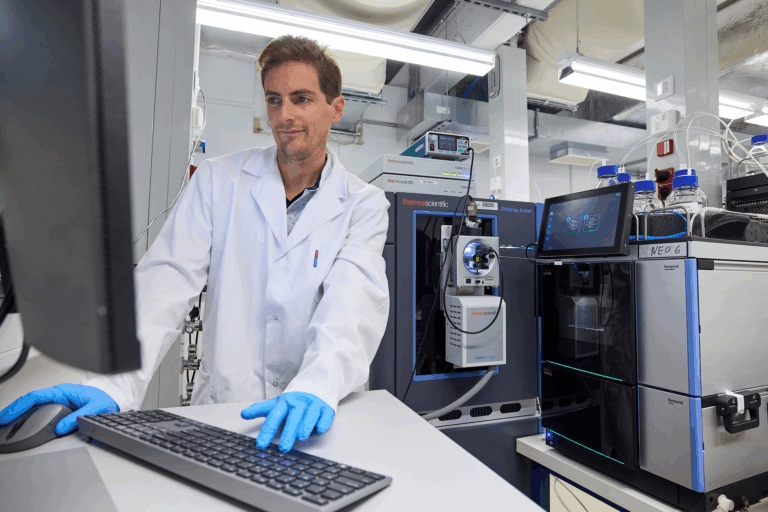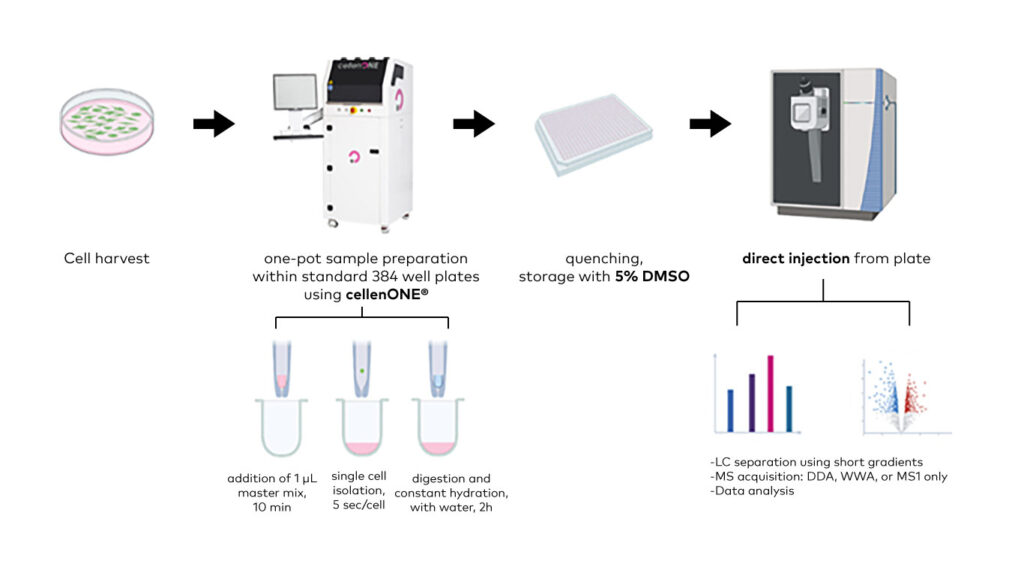This website uses cookies so that we can provide you with the best user experience possible. Cookie information is stored in your browser and performs functions such as recognising you when you return to our website and helping our team to understand which sections of the website you find most interesting and useful.
Strictly Necessary Cookie should be enabled at all times so that we can save your preferences for cookie settings.
If you disable this cookie, we will not be able to save your preferences. This means that every time you visit this website you will need to enable or disable cookies again.
| Name | Provider | Purpose | Expiration |
|---|---|---|---|
| intercom-session-nm0yn3bi | https://www.intercom.com | Keeping track of sessions. | 1 week. |
| intercom-id-nm0yn3bi | https://www.intercom.com | Unique anonymous identifier. | 9 months. |
| _cfduid | www.cloudflare.com | The _cfduid cookie helps Cloudflare detect malicious visitors to our Customers’ websites and minimizes blocking legitimate users. It may be placed on the devices of our customers’ End Users to identify individual clients behind a shared IP address and apply security settings on a per-client basis. It is necessary for supporting Cloudflare’s security features. | 30 days. |
| GPS | https://www.youtube.com | Registers a unique ID on mobile devices to enable tracking based on geographical GPS location. | 1 day. |
| VISITOR_INFO1_LIVE | https://www.youtube.com | This cookie is set by Youtube to keep track of user preferences for Youtube videos embedded in sites; it can also determine whether the website visitor is using the new or old version of the Youtube interface | 6 months. |
| YSC | https://www.youtube.com | This cookie is set by Youtube to track views of embedded videos. | Session. |
This website uses Google Analytics to collect anonymous information such as the number of visitors to the site, and the most popular pages.
Keeping this cookie enabled helps us to improve our website.
Please enable Strictly Necessary Cookies first so that we can save your preferences!
| Name | Provider | Purpose | Expiration |
|---|---|---|---|
| IDE | https://www.doubleclick.net | This cookie carries out information about how the end user uses the website and any advertising that the end user may have seen before visiting the said website. | 1 year. |
| _ga | www.google.com | Used to distinguish users. | 2 years. |
| _gid | www.google.com | Used to distinguish users. | 24 hours. |
| _gat | www.google.com | Used to throttle request rate. If Google Analytics is deployed via Google Tag Manager, this cookie will be named _dc_gtm_. | 1 minute. |
This website uses the following additional cookies:
(List the cookies that you are using on the website here.)
Please enable Strictly Necessary Cookies first so that we can save your preferences!




